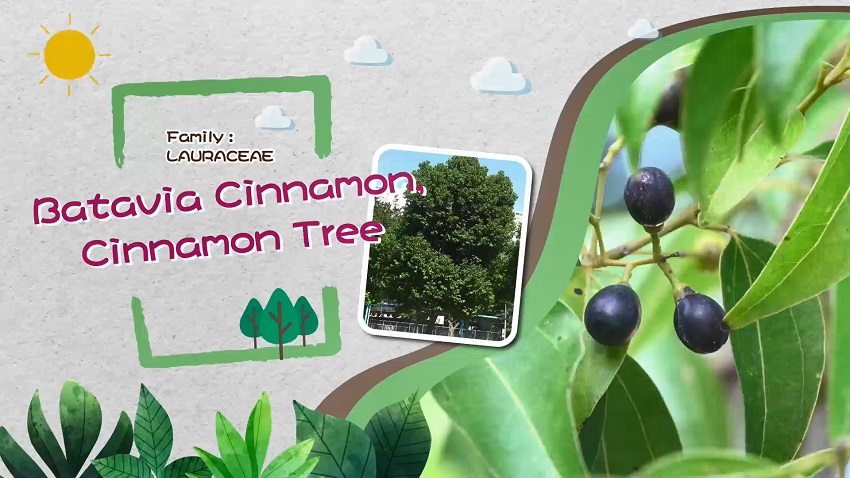| Origins | Guangdong, Guangxi, Yunnan, Hainan, Fujian and Taiwan. It is also distributed in India, Myanmar, Vietnam, Indonesia and the Philippines. |
|---|---|
| Ecology | Batavia Cinnamon is one of the native plants which is commonly seen in Hong Kong. It can be found in the mixed forests on the hillslopes or the sides of streams. |
| Applications | Application of Batavia Cinnamon is diversified. Owing to its fast-growing character, it is suitable for cultivation in urban areas as street trees for greening. As a spice, its leaves and bark can substitute those of Chinese Cinnamon (Cinnamomum cassia (L.) D. Don) and therefore it was given its Chinese name “Folk Cinnamon (山肉桂)”. The bark of Batavia Cinnamon is a source for the spice “Guipi (桂皮)” for preparing the South China dishes “Lou Mei (滷味)”. Batavia Cinnamon is also the source of the timber “Jiuchun (九春)” and “Guimu (桂木)”, which are applied as construction wood and fine furniture. In addition, volatile aromatic oil can be refined from its roots, bark, branchlets and leaves, which can be used as the essence in cosmetics, soap and food. Bark, root and leaves of Batavia Cinnamon are also the materia medica of Traditional Chinese Medicine, which has the functions of warming the spleen for suppressing pains, dispelling pathogenic wind and cold, removing dampness, removing toxin for detumescence, relieving diarrhea and hemorrhage, etc. |









